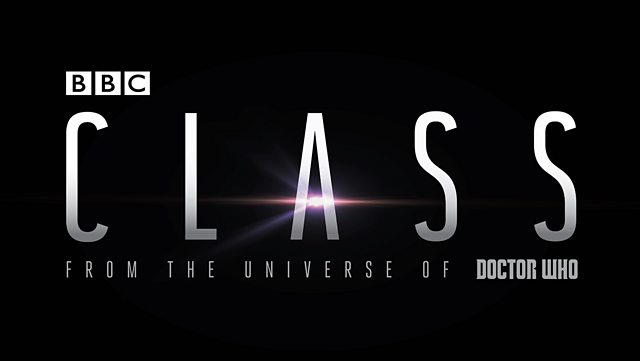Chandler, D & Munday,
R. 2011. A Dictionary
of Media and Communication. Oxford University Press
Digital recordings are generally the only way in which we create our graphics. However, this does mean that those who still tend to only use an analogue system would generally have a lesser version of the final graphic due to the fact of the aspect resolution, colour, resolution would all be affected within the image. These customers would generally not likely be satisfied with the image in which they are provided with.
With simply transmission systems, these are generally named this as they transmit signals. The overall digital recordings in which we create are made digitally. The current way in which the recordings are transmitted as well as recorded will all be affecting the finished product on screen. Some devices may not be able to pick up the graphic as perfectly as other devices which would be able to pick up the graphic.
Once a graphic is then transferred from digital to analogue to the overall quality of the actual image would then likely to decrease. Due to our analogue systems unfortunately including less pixels per inch meaning it will have more issues with noise of an image. In this day and age we now tend to prefer digital over analogue just due to the fact that they won't pick up as much noise as well as having a better quality in terms of the overall image. This is generally why the demand has gone up for digital and decreased for analogue.









